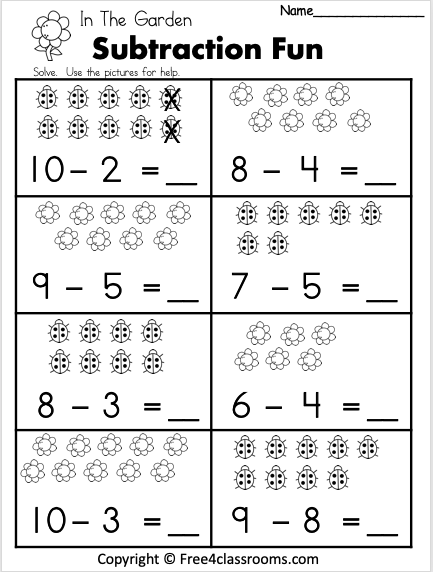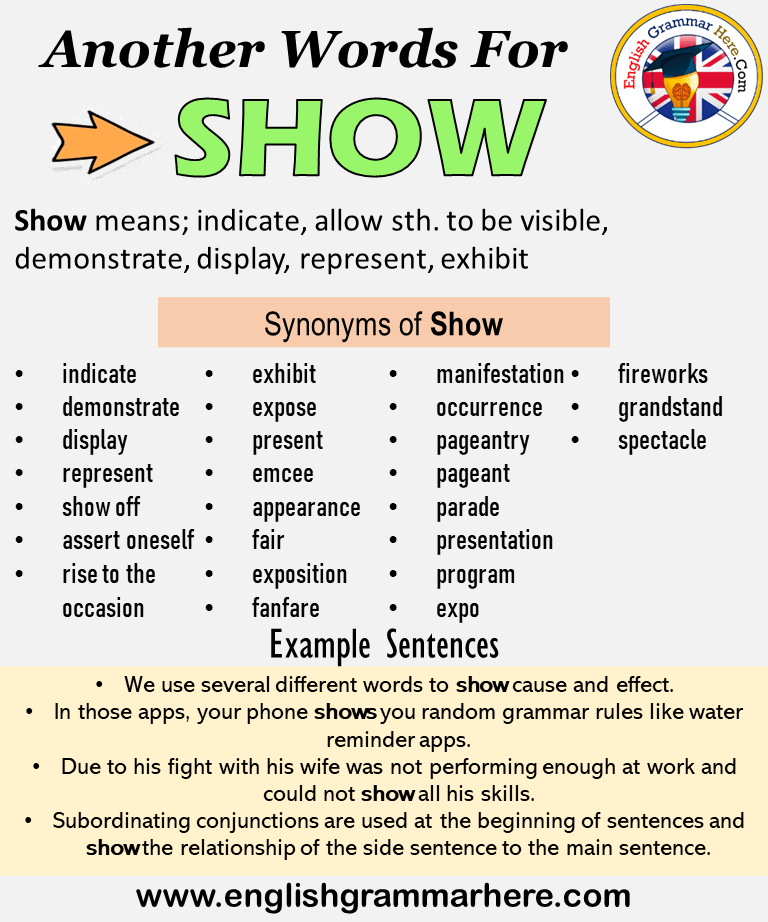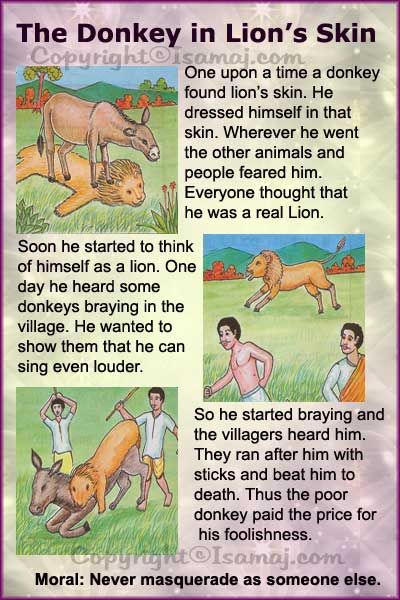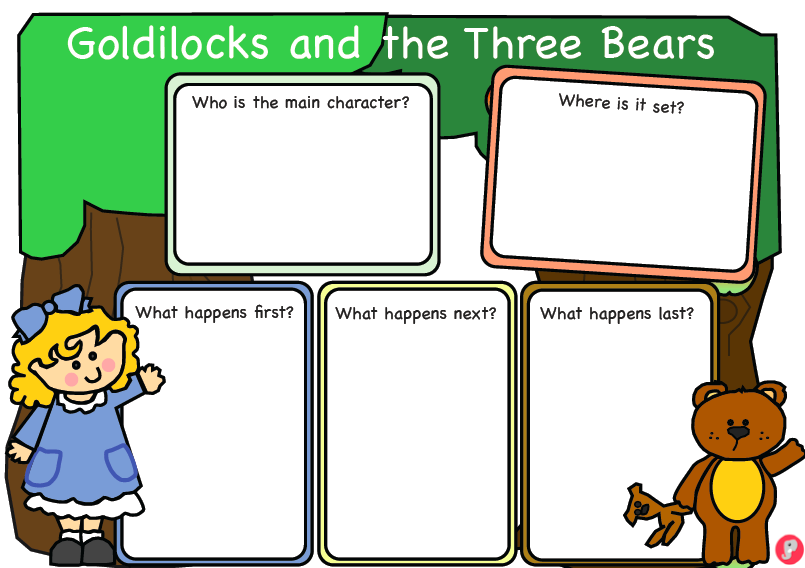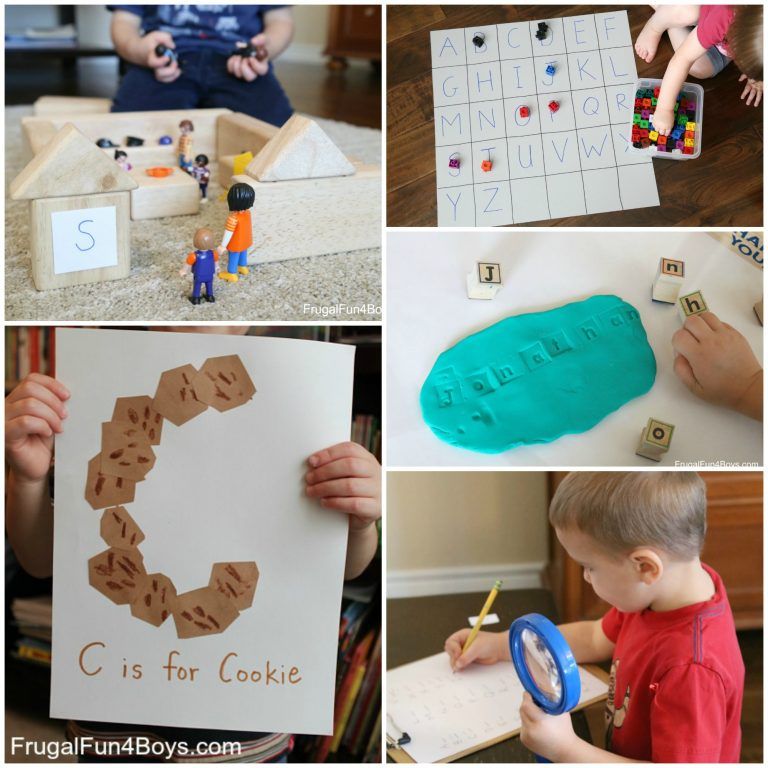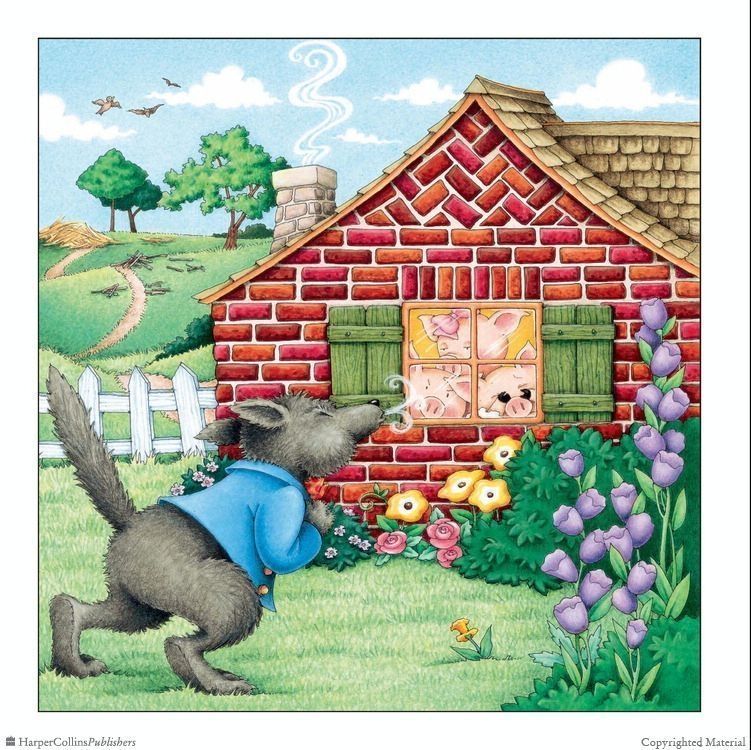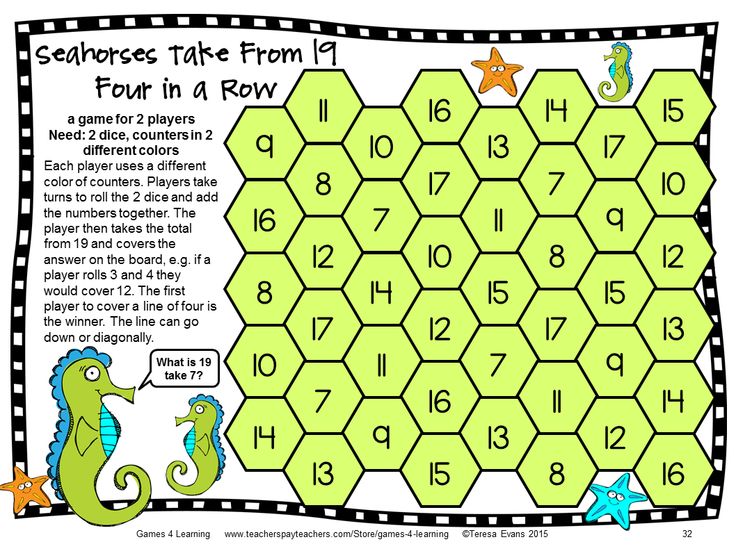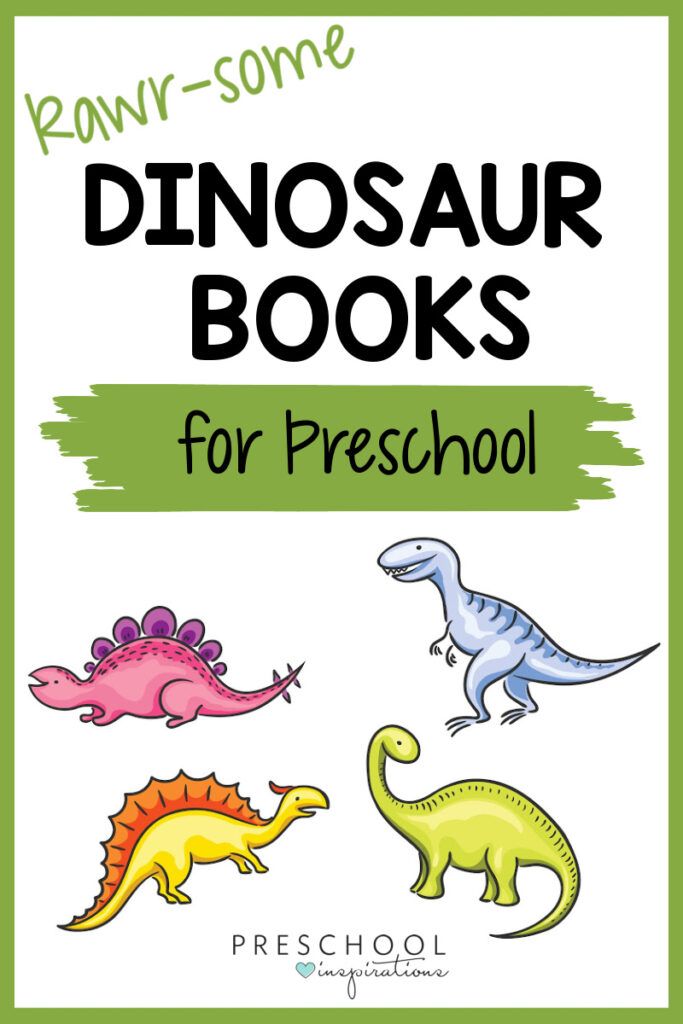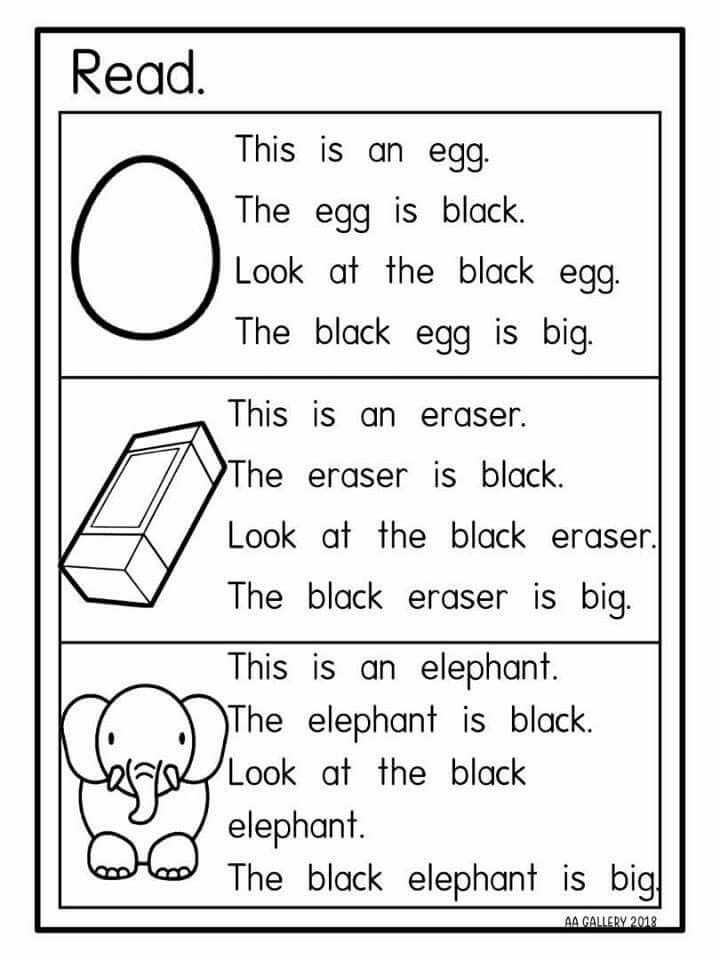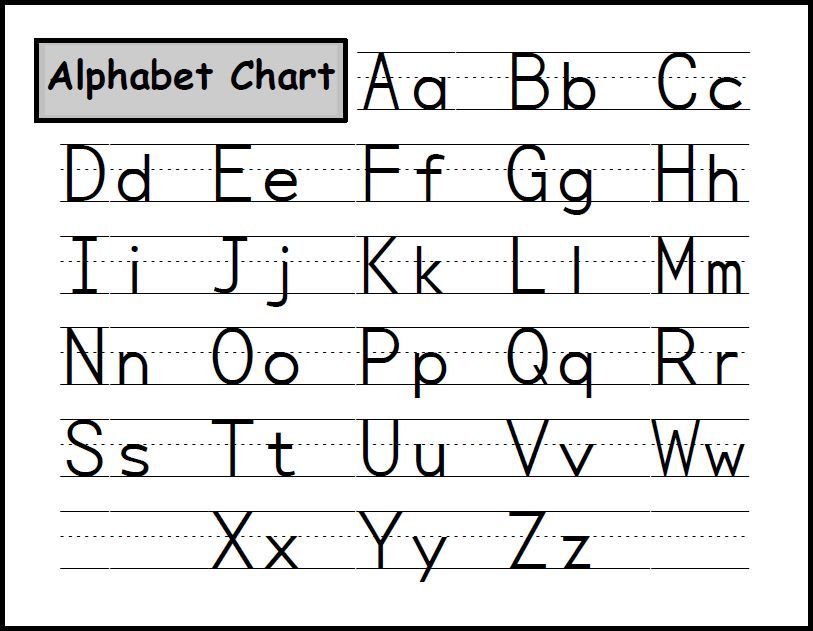Kindergarten and first grade math
The Most Important Math Concepts Kids Learn In 1st Grade
Your child has progressed from kindergarten to first grade. That’s exciting news! There is so much learning to come their way, especially from their first grade math class.
Math skills and concepts build on each other from grade to grade, which is why children need to get a firm foundation so they can handle the more complex challenges as they progress in school.
As a concerned parent, you might be wondering what some of these mathematical concepts will be and, more importantly, how you can help your child master them. You don’t have to figure it out on your own.
Here, we will give you a breakdown of what to expect from your child’s math class. We’ll also add a few tips on how to help your young learner thrive through it all.
Let’s get started!
Why Is Math Important?
Math is taught in the classroom, but that doesn’t mean that’s the only place it’s relevant. We use it every day!
From the hexagonal bee combs to the circles, semi-circles, and crescents of the phases of our moon, mathematics is an essential part of the world we live in, and learning it helps us make sense of everything around us.
Did you know that math skills can also be linked to music? Children who play musical instruments use the same part of the brain when doing math. This is why studies have shown that music students do better in mathematics than their non-musical peers.
Sports and mathematics also have an interesting connection. Just think about all the coordination involved in performing well in certain sports. Research has shown that these skills can also be used to learn math.
In addition, mathematics helps us be stronger logical thinkers. Since most young kids tend to enjoy math time, it’s essential to foster this natural love for the subject just as much as we want to encourage children’s love for reading.
Helping children develop a love for mathematics generally works well when approached actively as a problem-solving skill rather than a rote memory task. Math helps children thrive in various aspects of their lives.
So, how do we get there? It all starts with the foundation.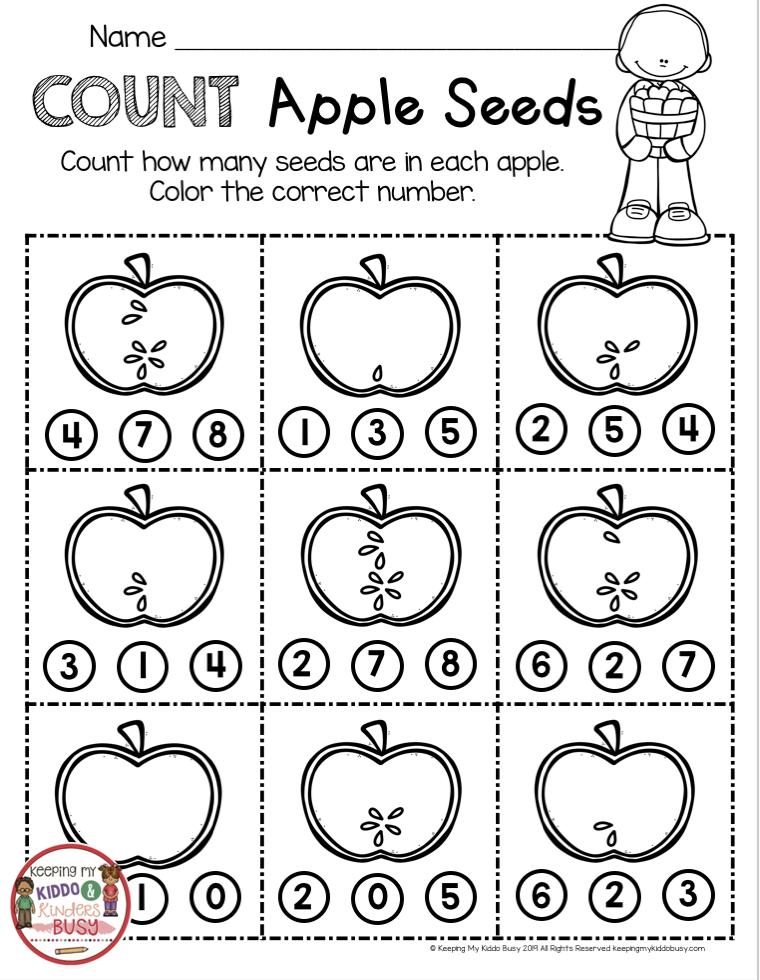
Below are the key first grade math concepts your child will soon learn and some tips on how you can support them on their journey.
8 Important First Grade Math Concepts
1) Numbers And Counting
At first grade level (and for the next few years in school), learning different numbers and counting will form a significant part of your child’s mathematics lessons.
By the end of the first grade, your child will have learned to:
- Count and write numbers from 1 to 100
- Count by 1s, 2s, 5s, and 10s
- Count backward
- Count onward from any number
- Count backward from any number
There are different ways to help your child grasp numbers and counting at home, and hands-on activities work best.
An effective strategy is to help your child visualize what all these numbers mean. For example, instead of just memorizing the numbers, they can count bears, large dried beans, or even craft sticks.
2) Addition And Subtraction
In first grade math, your young learner will start adding and subtracting numbers up to 30.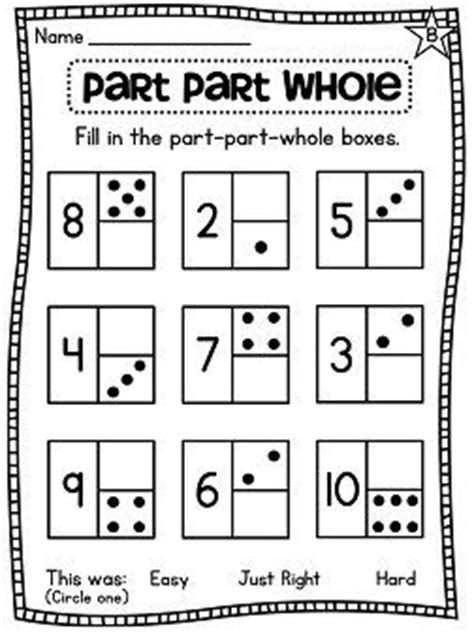 They will also solve basic word problems with the help of drawings, objects, and equations.
They will also solve basic word problems with the help of drawings, objects, and equations.
By the end of the first grade, your child will have been shown how to:
- Add three one-digit numbers
- Write and show an understanding of the mathematical symbols (+, -, =)
- Solve problems involving one and two-digit numbers
- Solve problems involving an unknown. For example, 1 + _ = 4
Addition and subtraction are two math skills that can be demonstrated in everyday life situations. This makes it relatively easy to practice at home!
For instance, you might ask, “If you have two teddy bears and granny buys you three more, how many teddy bears will you have in total?” Or, “There were six strawberries in the fridge. Daddy ate some strawberries. There are now four left. How many did daddy eat?”
3) 2-D Shapes
During pre-k, children get introduced to different shapes. In first grade, they will continue to extend their understanding of them.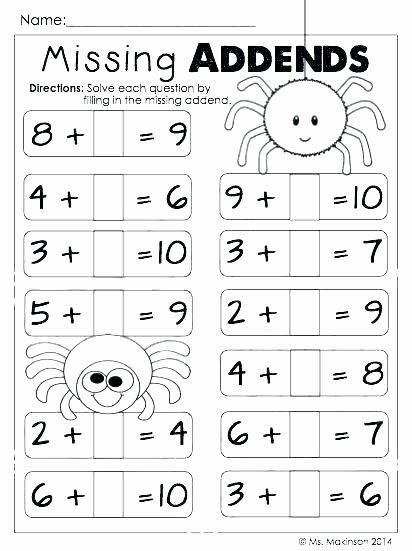
By the end of the first grade, your child may be able to:
- Examine the attributes of different shapes (number of sides, faces, etc.)
- Name the 2-D shapes
To help your child grasp these shapes at home, continue to point out and name the 2-D shapes in the world around you (circles, triangles, pentagons, etc.).
When doing so, remember to always highlight the attributes (e.g., this book has four equal sides, so it’s a square).
4) Sorting And Patterns
Understanding and sorting patterns also forms a part of first grade math.
Your first grader will learn to:
- Sort different objects by attributes such as color, shape, and function. For example, sorting a mixed group of blocks so that the red, blue, green, and yellow blocks are separated.
- In addition, if these blocks are placed in a pattern (e.g., green, yellow, green, yellow, etc.), your child should be able to both predict which color will come next and create their own identical pattern.
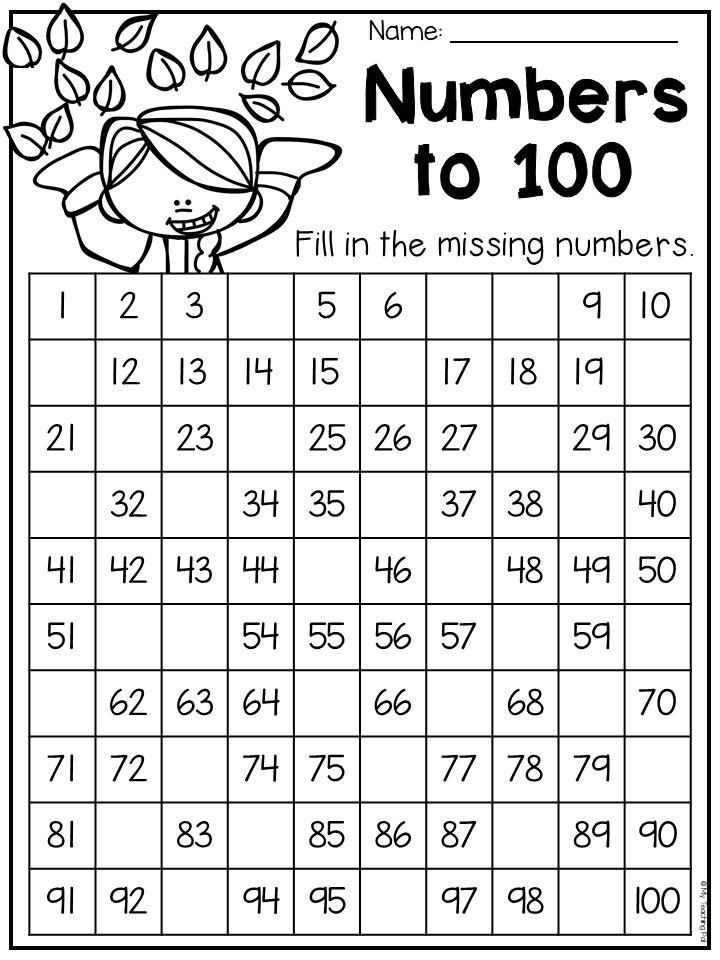 This skill will help develop your child’s logical thinking.
This skill will help develop your child’s logical thinking.
Continue to allow your young learner to play with fun building blocks and create their own patterns to help them master this skill.
5) Fractions
Montessori material. Children’s hands. The study of mathematics School and kindergarten. Whole and part. FractionsAs a first-grader, your child will be introduced to fractions as equal shares and basic fractions such as ½, ⅓, and ¼. For children to fully grasp these concepts, it’s essential to keep things intuitive.
For example, you can start by helping them understand that a half is two equal parts, a third is three equal parts, and so forth. They also need to understand that although three is bigger than two, ⅓ is smaller than ½.
Fractions can be tricky for kids to learn, which is why it’s important to use practical and everyday items.
For example, you can help your young learner examine the fractions of a full pizza. Then, as you divide the pizza into different slices, talk about the parts that you’ve created from the whole.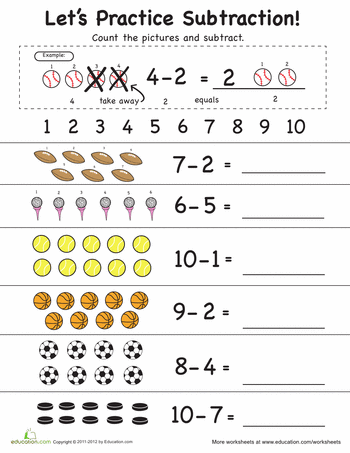
The concept of equal shares can also be demonstrated from one object and a group. For instance, you can have ½ of a single item (e.g., ½ of a cookie), or you can have ½ of a group of objects (e.g., ½ of four cookies is two cookies).
6) Number Place Values
With all the counting in first grade math, your child will naturally be introduced to the concept of place values. For instance, understanding that in the number 288, the 2 is worth 2 “hundreds” (or 200).
There are various activities you can do at home to help your young learner with this concept, including:
- Using number lines
- Base ten blocks
For more ideas to help with number place values and other 1st grade math concepts, take a look at the book Games for Math: Playful Ways to Help Your Child Learn Math, From Kindergarten to Third Grade by HOMER’s very own Peggy Kaye.
7) Time
Telling time (both digital and analog) is an important life skill that kids learn from first grade.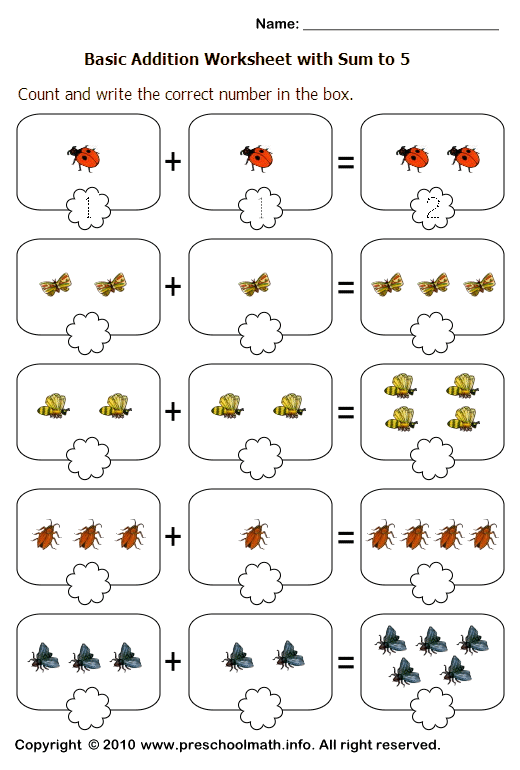 The concept of elapsed time will also be introduced at this stage.
The concept of elapsed time will also be introduced at this stage.
In first grade math, your child will learn to:
- Tell time to the nearest hour, half-hour, and quarter-hour (sometimes even to five minutes)
- Make the connection between time and events (e.g., shorter, longer, after, before)
Understanding the analog clock can be tricky for a child who’s only exposed to digital clocks. So help your young learner by buying one (or making one for learning) to hang up at home.
You can then speak to your child about what it means when the hands move. To make things easier, start by helping them tell time to an hour and half-hour before progressing to quarter-hours.
8) Measurements And Comparisons
First grade math also involves some measuring and unit comparisons.
Your child will learn how to measure using a ruler and, after taking measurements, compare and order objects by length. First-graders will also learn how to compare the weights and volumes of different objects.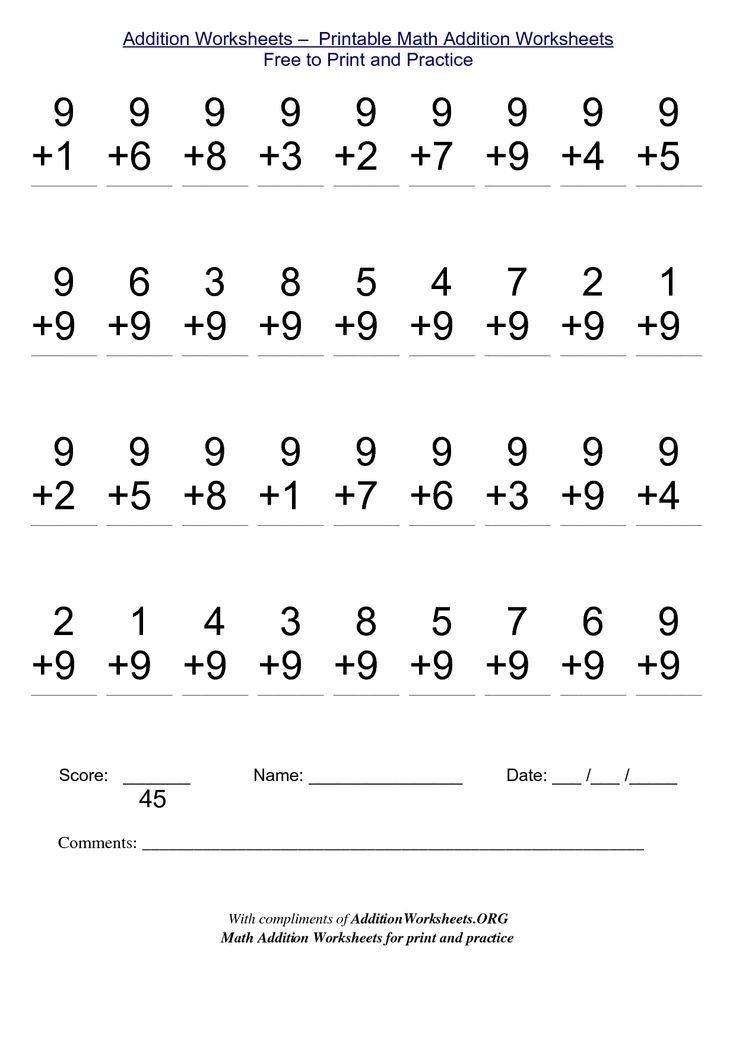
To help your young learner at home, keep rulers nearby and take measurements together of some of the objects they love (e.g., stuffed toys, cookies, etc.).
Bonus tip: If you’re a regular baker, why not help them see how you use measuring tools to create their favorite treats? Yum!
Helping Your Child With First Grade Math
We’ve already mentioned a few ways in which you can help your first grader with math at home. In addition to the above, playing math games is a fun and easy way to practice math at home!
Here are some examples of more math activities your young learner will enjoy at home:
- Fill in a number grid puzzle
- Build objects with legos and measure
- Number Hunt, Hopscotch, Is It A Number, and Find A Number
Math Is All Around Us
Helping your child grasp first grade math concepts at home is easier when you focus on the fact that mathematics is a part of our everyday lives. It is in the shape of road signs, the parts of sliced pizza, and even the watches on our wrists!
Sometimes kids (and parents) forget that math can be lots of fun.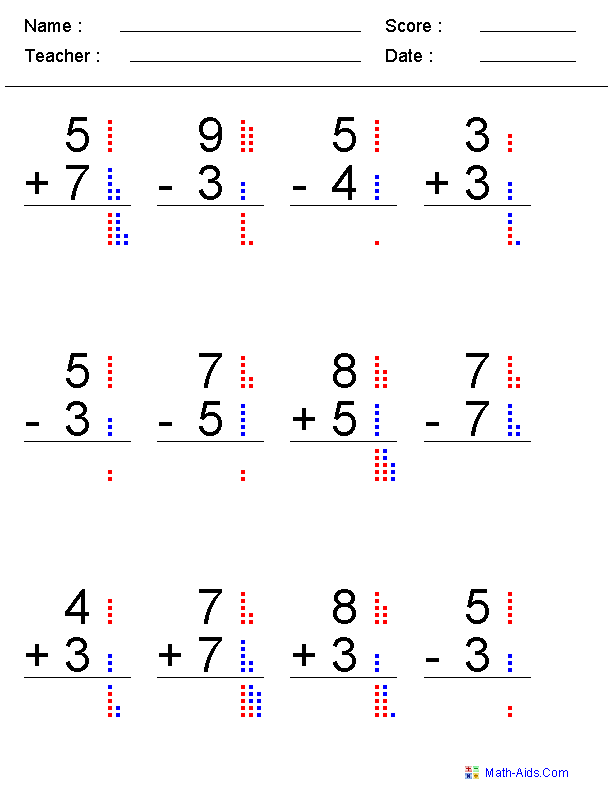 So whenever you can, incorporate games and activities to bring a little excitement to all the learning.
So whenever you can, incorporate games and activities to bring a little excitement to all the learning.
Will this help your child become our next best mathematician? Only time will tell. But one thing is for sure — all of the great mathematicians started somewhere. Even Isaac Newton had to master first grade math!
For more ideas and inspiration, visit the HOMER Learn & Grow app.
Author
1st Grade Math Skills, What Your Child Will Learn, Komodo Math
- Math Tips
- Education
- 1st
Your child is heading to first grade! After the year in kindergarten, your first grader will be ready for some amazing growth. For many children, first grade is the year that they bloom as readers and mathematicians. Get ready to support your child’s mathematical growth by learning about first grade math skills.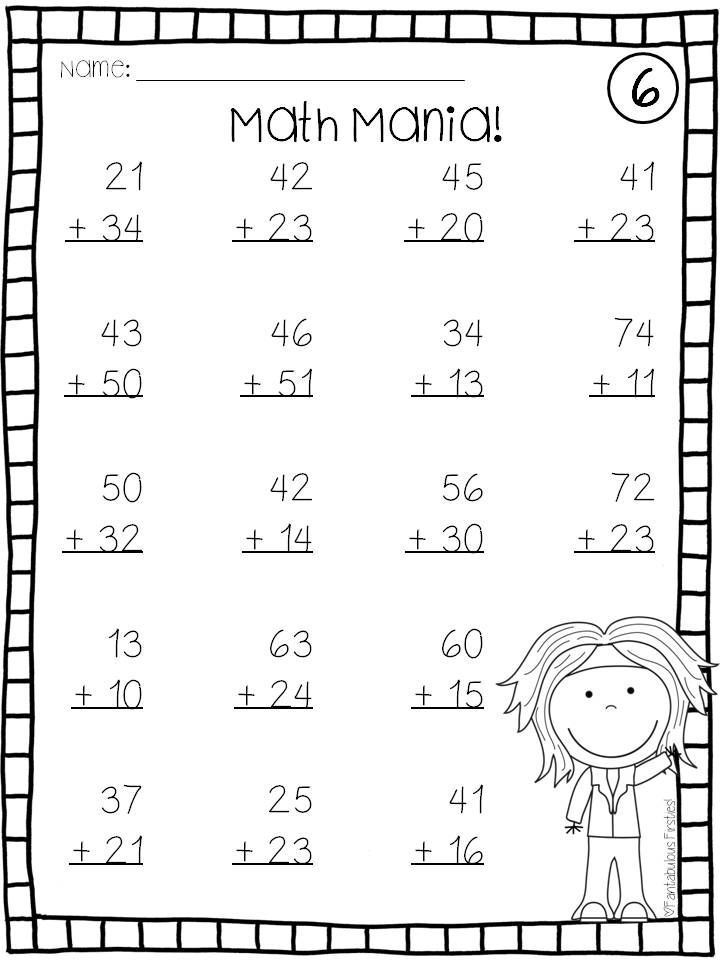
In first grade, you can expect your child to learn about:
1. Addition and subtraction facts to 20
Now that your child has mastered the idea of adding and subtracting, they’re ready to practice math facts. This means getting faster when answering addition and subtraction problems to 20.
Help your child develop fluency by asking basic addition and subtraction problems - we find that using treats can help keep kids interested! If your first grader needs support, encourage the use of physical objects or fingers as problem-solving tools.
2. Addition and subtraction as inverse operations
Your child probably understands the concept of addition as “putting together” and subtraction as “taking apart.” In first grade, children are encouraged to see the connections between addition and subtraction. Your child will learn how addition and subtraction are inverse operations, or that one is the opposite of the other, and create “fact families” of related addition and subtraction problems.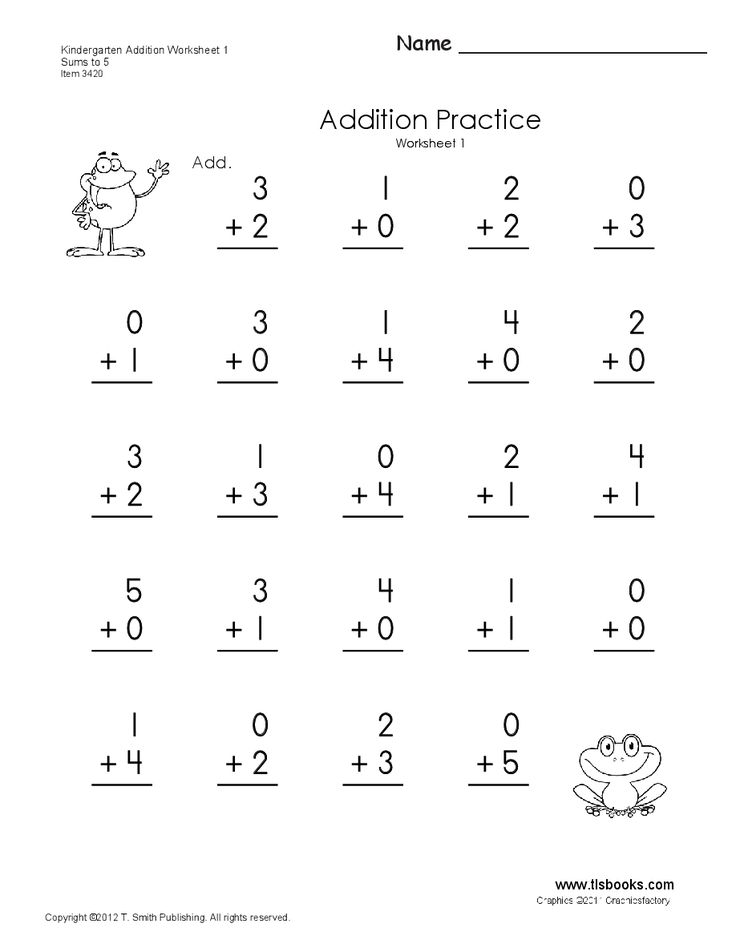
When working with addition and subtraction, ask your child to see connections. For example, if your child has four dolls and three cars, ask how many toys there are in all. Then ask how many toys there would be if the four dolls are taken away.
3. Count and write within 120
Your child has probably mastered counting to 20. But in first grade kids will learn to count all the way up to 120! That’s not all. Kids will be expected to not only count, but write, the numbers. This is great practice for understanding multi-digit numbers.
At home: Encourage your child to write numbers whenever possible. Talk about how two-digit numbers are made up of tens and ones and how three-digit numbers are made up of hundreds, tens, and ones. Just looking closely at multi-digit numbers together can be a great learning opportunity.
4. Add within 100
Now that your child has an understanding of numbers past 100 as well as basic addition and subtraction facts, it’s time to practice adding within 100. Children will practice adding one-digit numbers to two-digit numbers using strategies like counting on and number charts. Children can practice adding larger numbers with the help of a 1-100 chart.
Children will practice adding one-digit numbers to two-digit numbers using strategies like counting on and number charts. Children can practice adding larger numbers with the help of a 1-100 chart.
First graders are also ready to practice adding and subtracting 10s to and from two digit numbers.
At home: Help your child see patterns when adding and subtracting 10s. For example, after solving a problem like 59 - 10 = 49, point out to your child that 49 has one less 10 than 59. This is another great way to learn about place value.
5. Measure objects
In first grade, kids learn how to measure using rulers and more unusual things like paper clips. After taking measurements, children compare and order objects by length.
At home: Kids love measuring things around the house, so keep a couple of rulers handy.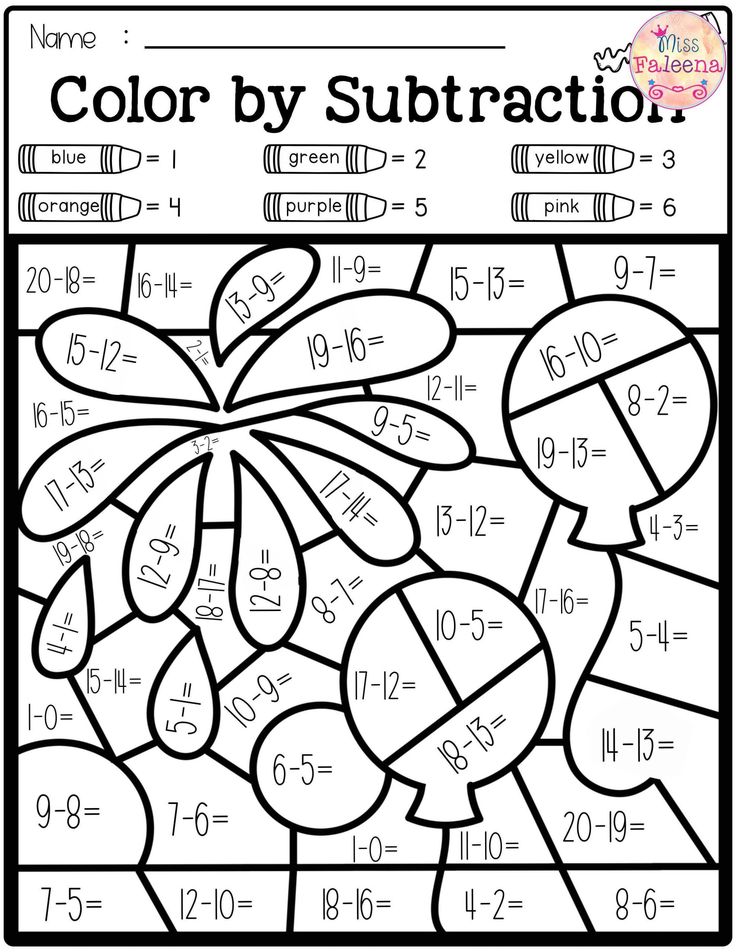 Pay attention to how your child is using a ruler and taking measurements. Sometimes kids don’t quite measure from end to end, so they might need a bit of help...
Pay attention to how your child is using a ruler and taking measurements. Sometimes kids don’t quite measure from end to end, so they might need a bit of help...
6. Tell time to hour and half hour
One of the trickiest concepts first graders will learn is to tell time. Using analog clocks is confusing, especially when kids are more used to seeing digital clocks. In first grade, your child will learn about the big and little hands of a clock and will practice telling time to the hour and half hour.
At home: Get hold of an analog clock for your home (either a real one or one made just for learning). Talk with your child about the time and how the hands move around the clock. Remember to just focus on telling time to the hour and half hour to start!
7. Understand basic fractions
First graders also get an introduction to fractions as equal shares. They will learn how to divide into equal groups and learn basic fractions like ½, ⅓, and ¼.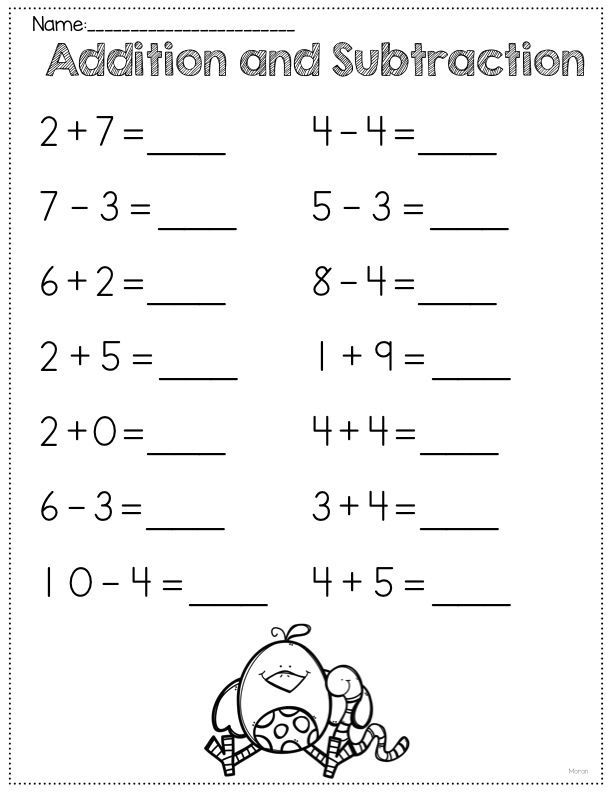 First graders usually have a good understanding of fairness, so practicing making equal shares should be a relatively easy task for them!
First graders usually have a good understanding of fairness, so practicing making equal shares should be a relatively easy task for them!
At home: Help your child to divide pizzas, pies, and sandwiches into equal shares. As you do, talk about the fractions of the whole that you created.
First graders are ready to dive deep into mathematical concepts. Find time to connect with your child about classroom learning and get ready to have some fun!
Found this useful? Check out our grade by grade math guides from Kindergarten to 5th grade
Written by Lily Jones, Lily loves all things learning. She has been a kindergarten & first grade teacher, instructional coach, curriculum developer, and teacher trainer. She loves to look at the world with curiosity and inspire people of all ages to love learning. She lives in California with her husband, two kids, and a little dog.
About Komodo – Komodo is a fun and effective way to boost K-5 math skills.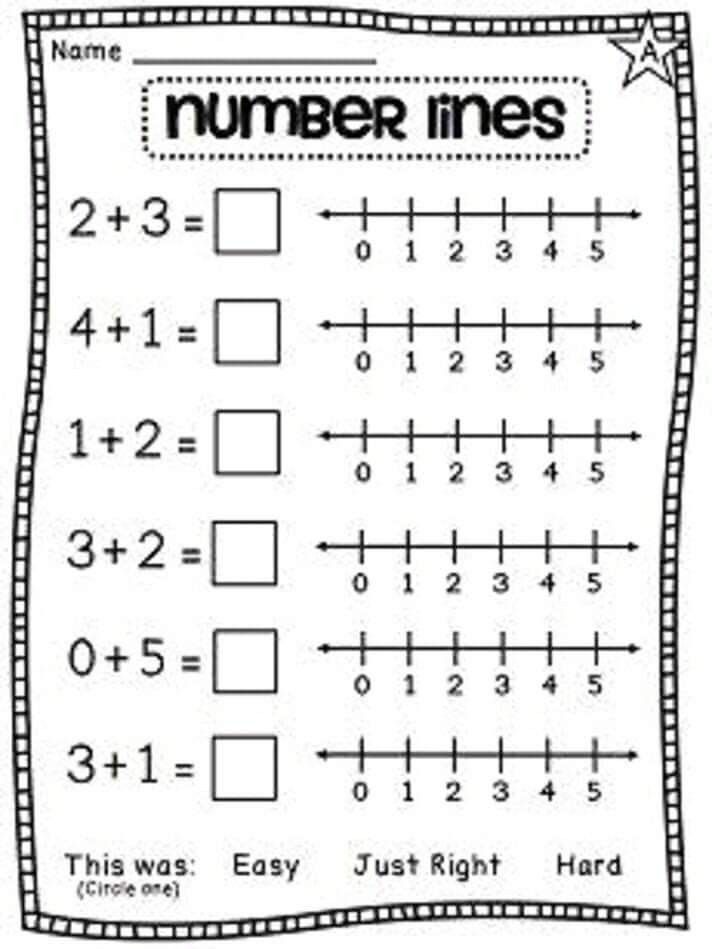 Designed for 5 to 11-year-olds to use in the home, Komodo uses a little and often approach to learning math (15 minutes, three to five times per week) that fits into the busy family routine. Komodo helps users develop fluency and confidence in math – without keeping them at the screen for long.
Designed for 5 to 11-year-olds to use in the home, Komodo uses a little and often approach to learning math (15 minutes, three to five times per week) that fits into the busy family routine. Komodo helps users develop fluency and confidence in math – without keeping them at the screen for long.
Find out more about Komodo and how it helps thousands of children each year do better at maths – you can even try Komodo for free.
Back to School - 5 Tips to Help you Ease Back into the Routine
Here are some steps you can take to ease children back from full vacation mode so that the first week of school doesn't knock you sideways.
Mindset - The Path to Mastery
People who have a growth mindset believe that they always have the potential to learn and improve. They are more motivated to persevere with difficult tasks, to take risks and to learn from failure.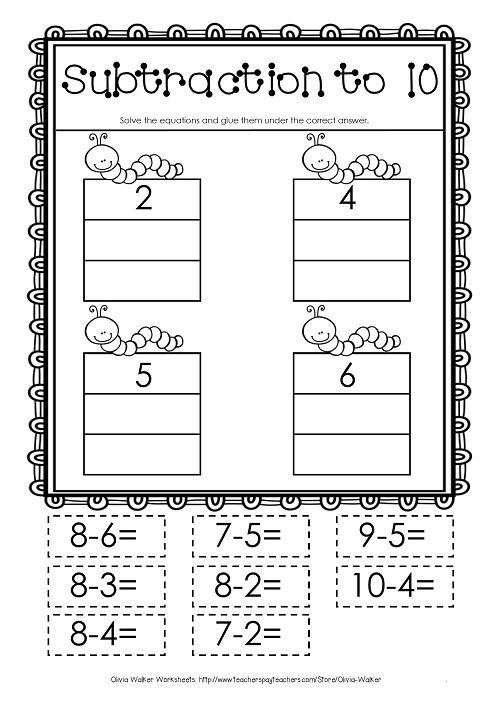
1st grade based on kindergarten, opinions
- Forum
- Archive
- Schools, Olympiads, Universities
Hello, now in Moscow, following the example of the association of kindergartens, several schools are also united together. The situation is this - we were enrolled in one school, and now another school has joined it and made the first grade on the basis of a kindergarten. According to the results of testing, my child was not taken to the school where we originally wanted, arguing that Peterson was there, they say the child answered correctly only half of the questions and he would not pull it, they offered a choice of either the second or this first class. I don’t want a second school, but I’m thinking about the first class based on the DS. The question is, maybe someone has already come across such an organizational structure, what kind of bird, what are the pros and cons? nine0011
What county are you in? We like first-graders will also study on the basis of children.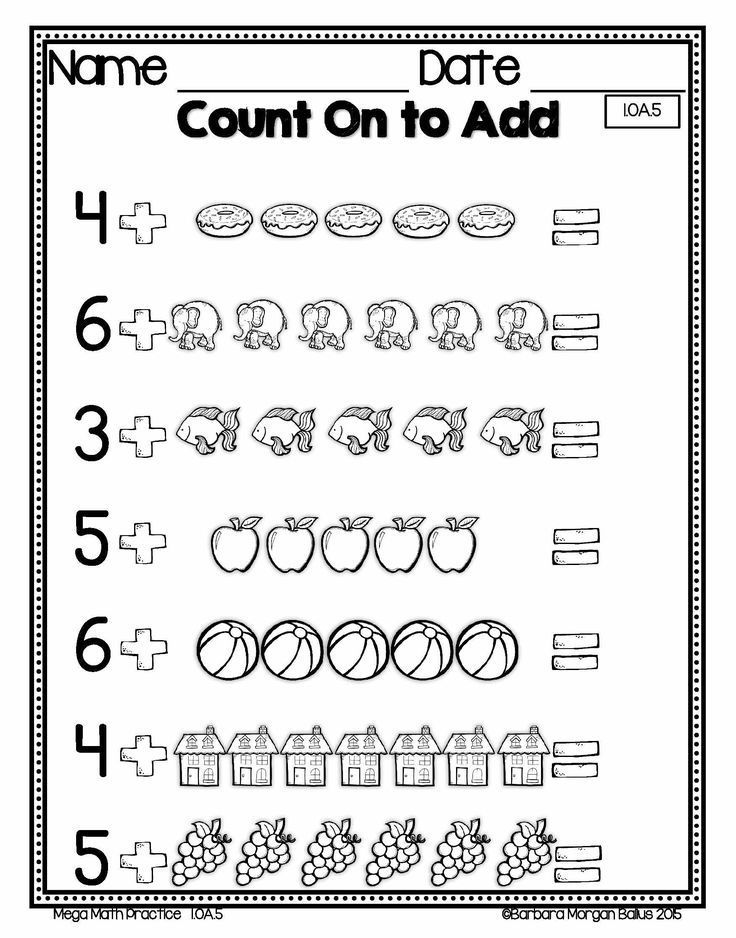 garden. This has def. pluses - such a little world, without high school students, no one will offend, fewer infections, even a walk at one of the breaks, a quiet hour on the extension.
garden. This has def. pluses - such a little world, without high school students, no one will offend, fewer infections, even a walk at one of the breaks, a quiet hour on the extension.
We have such a gymnasium in our neighboring holding, I only see one of the minuses, it will be difficult for children in the 5th grade to adapt to the school, in the beginning not all subjects are in the same class, that is, children are already taught to walk around the school, navigate in a huge building, and here it turns out a kind of continuation of the kindergarten, and this is not good in my opinion
We have Northern Tushino
680 school?
no, 827, 1057 and ds with the 1st class 1861, now everything is 827
I came across, but not in Moscow. There were no problems.
So everyone wrote that Paterson was banned. And thank God. There is an opinion that Chaterson discourages all love for mathematics.
Who forgive everyone? my child is an excellent student, and as love for mathematics was, it remains, if someone, due to their problems, does not understand logic, then this is the problem of a single child, and the parent has the choice to give it to a school where they teach primitive Moro and rejoice at how smart baby grows
Logic and mathematics are different subjects.
And there were a lot of topics about Paterson. Too lazy to search.
How do we, so primitive, live according to Moro learned?
Would you like to learn some literacy, I read the topics, opinions were divided Yes, and actually I don’t need to read them, I know real children who studied according to Moro and Demidova and Peterson and saw the results, those tests that are usually referred to in the tops , do not reflect the real picture, for one simple reason, that they are UNITED and just the closest to Moreau, because if they are made close to the Peterson textbook, children who study in other programs simply will not write them, I also experimented with this, with different children, the result is the same, a lot of things go through according to Peterson, they don’t go through other programs, whether it’s good or bad for a child, the parent of a particular one knows better, my son, going to grade 1, knew the level from Moro’s textbook grade 3. nine0011
nine0011
I don't know how you live, you know better and apparently everything suits you, to each his own.
It is immediately clear that you have never even seen Peterson's textbooks. Heard a ringing, but do not know where he is.
Peterson - a woman, the surname does not decline, the second letter is E. It is necessary and very useful to teach children logic from an early age, it will come in handy not only in mathematics, but also in other subjects, and simply in life.
It's not for you to talk about literacy...
Well, let's talk about a woman for the 500th time.... Aren't you tired? You probably only know this about this tutorial. nine0029 Can you read? Who said that ligica is not useful? I wrote that logic and mathematics are different subjects.
My daughter knew the multiplication table long before school. Just learned with a friend for the company. And Moro before the first class could decide for the third class. Delov then.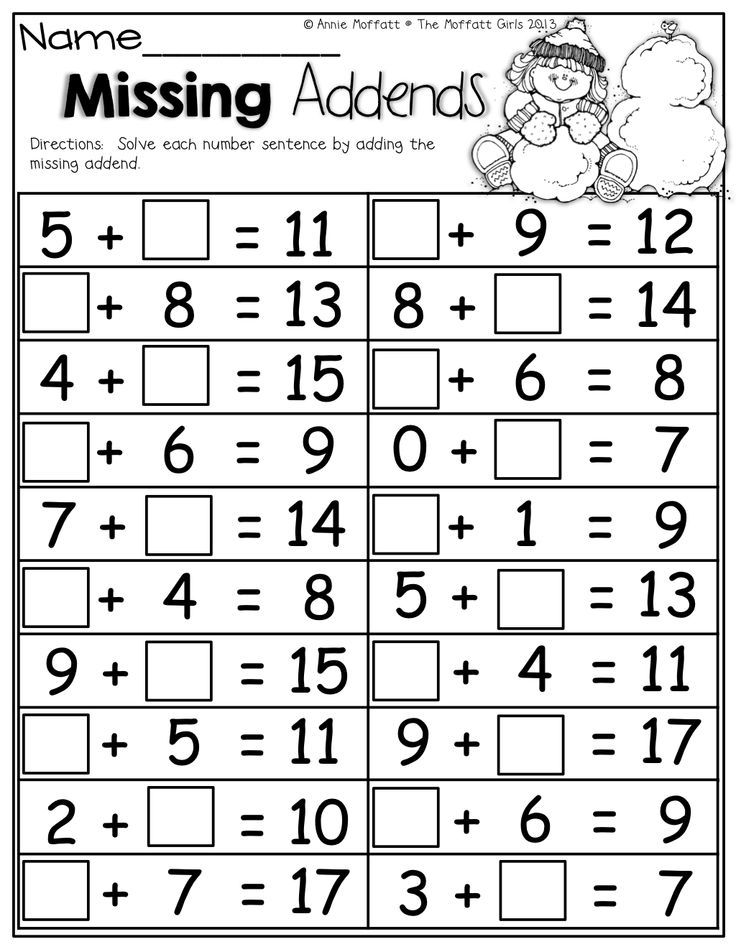
what's wrong with combining logic and mathematics in one textbook? I honestly absolutely do not need it as a separate subject with the current reduction in mathematics hours
PS and there is not much logic there, mostly these are tasks with an asterisk
Are you on purpose? Better then "Hiterson"!
Yeah. Cool you so her.
*yawn* look at the teacher, not at the programs. They pulled up to brag about Peterson. From our school (we are in the Moscow Region), two boys went to the city olympiad in mathematics (grade 4), and both were winners (they study Moro). And the schools with Peterson flew by. Sadness.
what about programs and olympiads? there is no connection, not a single program includes a sufficient number of olympiad problems, they usually prepare separately for olympiads, for example, solving problems from previous years
I don't know if anyone was preparing, my son (one of the two boys) found out that he was being sent there the day before.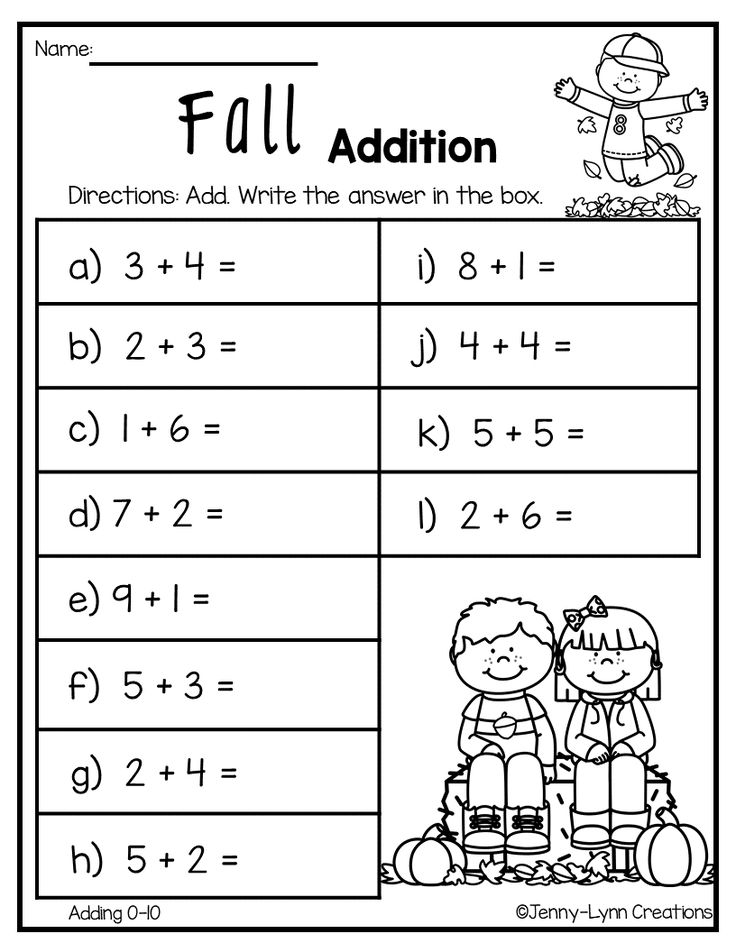
I'll repeat it again. It's not about the programs. Not in Peterson, not in Moreau, not in Heidman, not in anyone else there. It's about the teacher. Go to the teacher.
Most likely the first class sits in the kindergarten. Of the pluses - living conditions are better than at school. Of the minuses - it may be necessary to repair first one rather big room, and then another. It is still not very clear how all sorts of subjects like English go there or not. nine0011
My daughter was in the 1st grade in kindergarten. This is a huge plus! Everything is like in a kindergarten. The class teacher came to the garden and taught like regular lessons. Lessons began at 9 o'clock, breakfast for children shifted - it was at 8.30. Fizruk was also coming. I was working at that moment, and for us it was a real lifesaver. After the lessons, the teacher remained with the children, the same ones who led our group, we just went to this garden from the age of 3. The group remained in the same place, no new repairs, etc. The briefcase and all the school supplies were kept in the garden. In the second grade, the children went to a regular school, without any problems. By the way, we had a line of first-graders like everyone else at the school, to which we then went to study, and the classroom immediately had its own, only the first year it was empty. I want to say that now my daughter is already 19years, at that time it was an experimental garden. We still remember our first teacher, she also led the children at school until the 4th grade. they advise you correctly here - choose not a school, but first of all a teacher, a lot will depend on him.
After the 4th grade, expect problems - it will not be interesting to study.
beats back in the sense that after fascinating mathematical logic, classical mathematics seems a bit boring
and in high school it’s already ordinary mathematics
and there are no logic problems on the exam
Peterson is good as an additional textbook - they could have left him second where there are many hours for mathematics
And in what grade did you go to school from kindergarten?
We have Peterson up to and including the 7th grade, and our teacher recently said that there will be a lot of logical tasks at the GIA or whatever it is called now, she doesn’t know about the Unified State Examination that this year, not at our school will be
Already completed the fifth.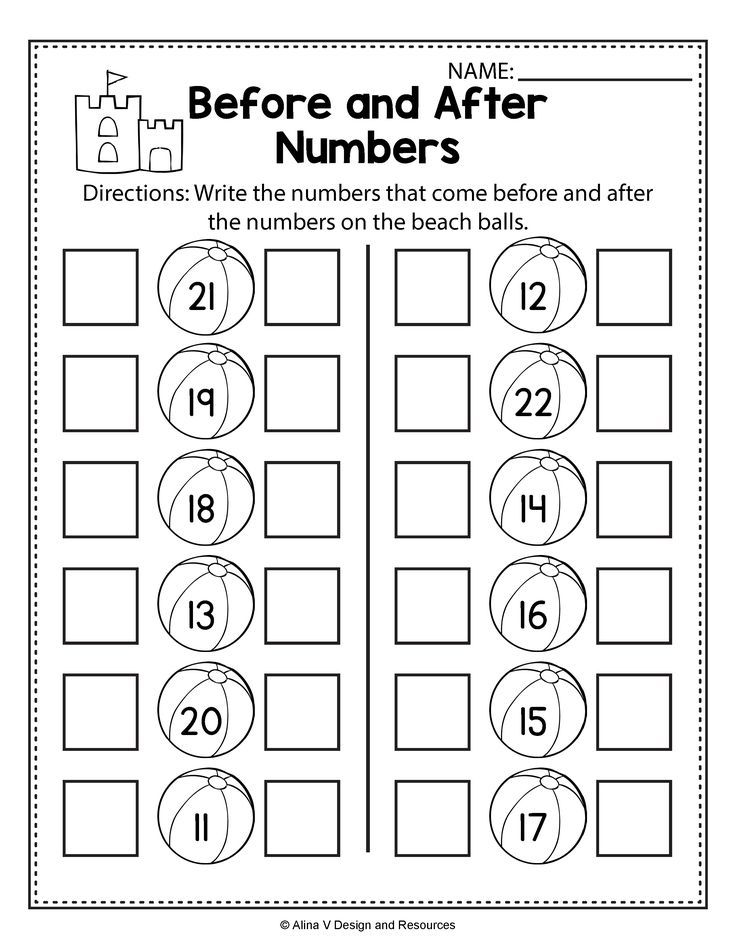
And besides mathematics, there are other subjects.
We already went to school in the second grade, it's not a pro-gymnasium, but simply the first grade based on a kindergarten. nine0011
alas, I don’t know anything about your schools, but here is the progymnasium that is on Jan Rainis / Tourist, which is now attached to 680. Parents and children were very pleased, some of them had problems with adaptation after the beginning, but they were somehow quickly resolved
My younger sister studied like this, from grade 1 to 4 in the kindergarten building, she didn’t go to this kindergarten, it was just like an experimental set, well, my mother gave it away, everything is ok, normal lessons, normal teachers, the pluses are that the team of children was small, high school students did not run around the school and did not shove in the cafeteria, and everything is like everyone else, school and school, still in this building the beginning, from 1 to 4, no one complains. In the 5th grade I went to a language gymnasium, like most of her class, they didn’t shy away from children, they got used to a big school instantly.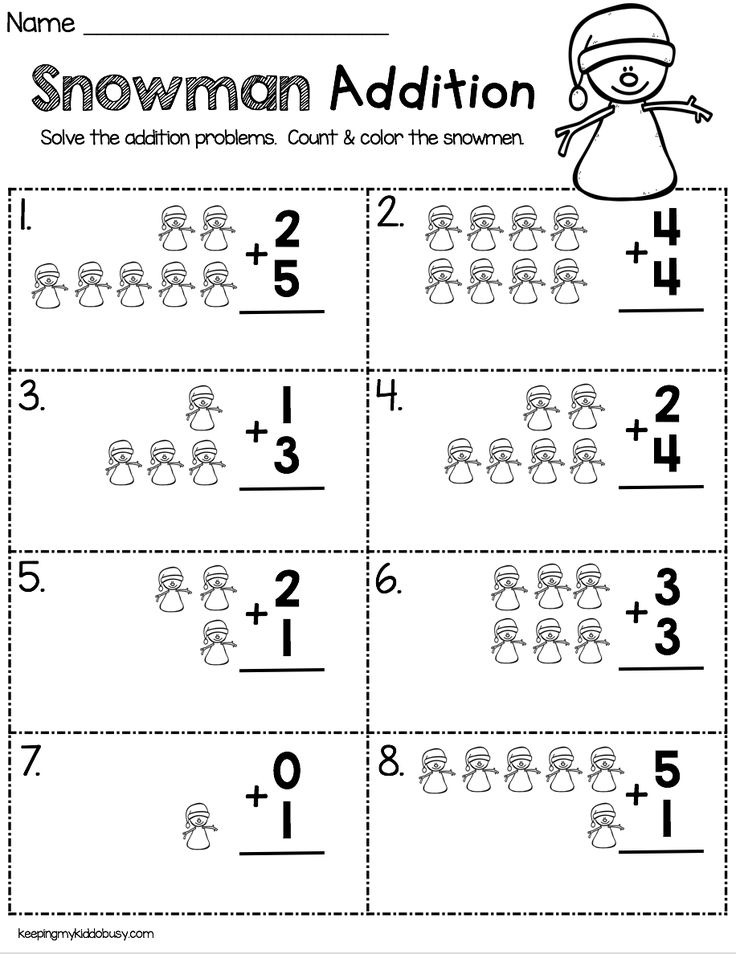 nine0011
nine0011
Open theme in windows
Open lesson in mathematics grade 1 as part of the continuity "Kindergarten - school"
Home / Primary grades / Mathematics
download
2.18 MB , 1369446.doc Author: Bizina Svetlana Anatolyevna, 11 Jan 2016
Mathematics lesson 1 class
Author: Bizina Svetlana
Like Material0011
| Type | Material name | Author | Posted by |
|---|---|---|---|
| document | Open lesson in mathematics Grade 1 as part of the continuity "Kindergarten - School" | Bizina Svetlana Anatolyevna | 11 Jan 2016 |
| document | "Russian hut" (as part of the integrated program "Gornitsa" for the succession of school and kindergarten) | Skopina Elena Valerievna | 30 Mar 2015 |
| document | Open lesson on the world around in grade 1 Topic: “Vitamins. | Guselnikova Valentina Ilyinichna | 26 Oct 2015 |
| document | An open lesson in mathematics in the 1st grade according to the system of Vinogradova N.F. "School of the 21st century" | Temirbulatova Elena Nikolaevna | 30 Mar 2015 |
| presentation, document nine0123 | Formation of UUD within the framework of the integrated school and kindergarten succession program. Project "Gornitsa" | Skopina Elena Valerievna | 30 Mar 2015 |
| document | Open lesson in mathematics grade 1 on the topic "Addition and subtraction of the number 3. " according to the Moro textbook. nine0123 " according to the Moro textbook. nine0123 | Podrezova Elena Germanovna 1 | 5 Apr 2015 |
| presentation, document | Model of network interaction "Kindergarten + school". The system of work to ensure continuity "Kindergarten + School" in the context of the implementation of the Federal State Educational Standard. | Shestopalova Larisa Alekseevna | nine0122 21 Mar 2015|
| document | The work plan of a primary school teacher for organizing events with children and parents as part of the continuity of preschool educational institutions and MBOU. | Yakovenko Lyudmila Petrovna | 30 Mar 2015 |
| document | nine0122 Implementation of continuity in the conditions of the educational complex "Primary School - Kindergarten".Stepanova Elena Nikolaevna | 21 Apr 2015 | |
| presentation, document | Open lesson in mathematics in the 1st grade of the EMC "School of Russia" "Counting and counting by 2". nine0123 | Pletneva Natalya Vladimirovna | 25 Aug 2015 |
| document | Problems of continuity in the formation of the most important life competencies within the framework of the school educational space. | Agadzhanova Irina Vladimirovna | 30 Mar 2015 | nine0118
| document | Abstract of an open lesson in mathematics in grade 1 "a" for kindergarten teachers | Zabelnikova Nadezhda Viktorovna | 30 Mar 2015 |
| document | The use of health-saving technology V. | Ievleva Natalya Alexandrovna | 19 Mar 2016 |
| document | work plan for succession in the educational institution "Primary school - kindergarten" | Batanova Oksana Alexandrovna | 1 Apr 2015 |
| document nine0123 | Speech at the regional scientific and practical conference “Continuity of Education: Experience in Implementing the Continuity of Education Levels” (within the framework of the Education Quality Concept) | Lyapunova Natalya Fedorovna | 30 Mar 2015 |
| presentation, document | Open lesson on literary reading in grade 1 nine0123 | Skrypnik Galina Sergeevna | 30 Mar 2015 |
| document | Open lesson in Russian in grade 1 Topic: Syllables. | Guselnikova Valentina Ilyinichna | 26 Oct 2015 |
| document nine0123 | Succession program "Road to Grade 5" | Larionova Evdokia Prokopievna | 1 Apr 2015 |
| Other | Work program in mathematics (grade 1), developed on the basis of the author's program "Mathematics" Rudnitskaya V.N. within the framework of the project "Primary school of the XXI century" nine0123 | Maksimkina Natalya Petrovna | 14 Dec 2015 |
| document | Speech at the regional seminar of educators of preschool institutions of the Predgorny municipal district on the topic: "Problems of the continuity of preschool and primary general education in the context of the introduction of the Federal State Educational Standard" | Burenko Elena Anatolyevna | 5 Apr 2015 |
| document | An open lesson in Russian on the topic: “The connection between the title and the main idea of the text.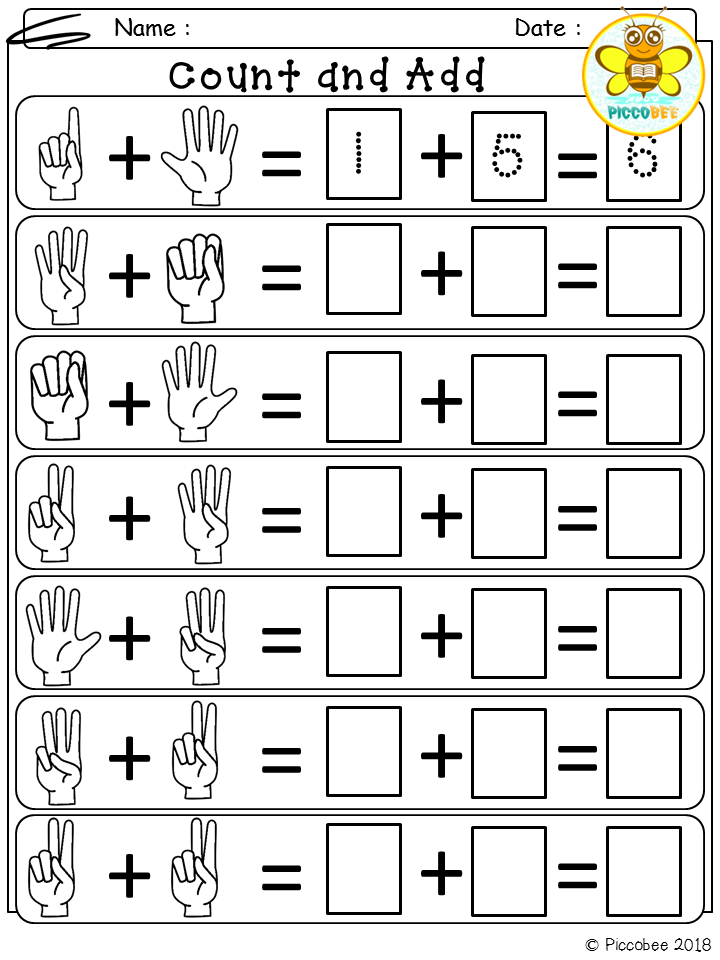 Text features. Text features. | Shapovalova Larisa Viktorovna | 30 Mar 2015 |
| document | nine0122 Succession work: kindergarten and school.MBDOUOV "Iyusky kindergarten" Malyshok " | 30 Mar 2015 | |
| document | Continuity event "Kindergarten-School" (Scenario) | Olga Valentinovna Titova | 30 Mar 2015 |
| document | Open lesson for future first graders "Journey to a fairy tale" | Silantieva Elena Vladimirovna | 30 Mar 2015 |
| document | Open lesson in mathematics "Lesson-toy" nine0123 | Smakova Lyudmila Anatolyevna | 30 Mar 2015 |
| document | Open lesson in mathematics.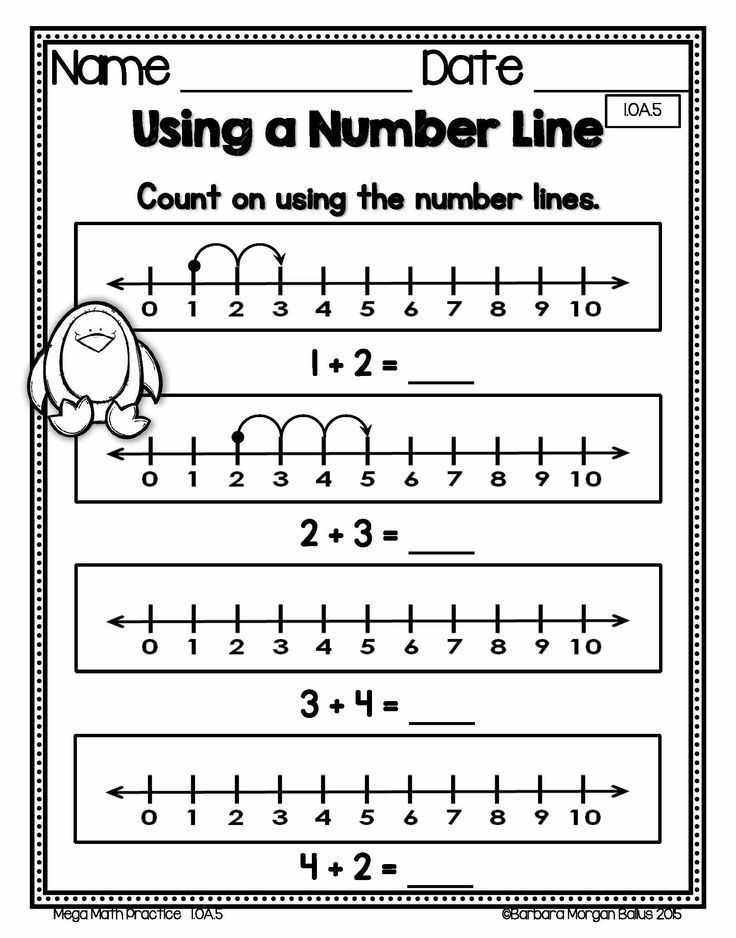 Grade 1. School of Russia. Grade 1. School of Russia. | Rinyak Nina Vladimirovna | 22 Aug 2015 |
| document | nine0122 Open lesson in mathematics grade 1 school 2100Timashova Irina Viktorovna | 10 Apr 2016 | |
| table | QFT in mathematics Grade 1 | Gorskaya Natalya Ivanovna | 30 Mar 2015 |
| document nine0123 | Mathematics Olympiad Grade 1 | Lysova Tatyana Nikolaevna | 7 Feb 2016 |
| document | Lesson in mathematics in grade 1 "Plus or minus 4" | Noskova Galina Nikolaevna | 30 Mar 2015 | nine0118
| document | Lesson 1 class on the subject of oral speech with elements of entertaining work "My beloved mom.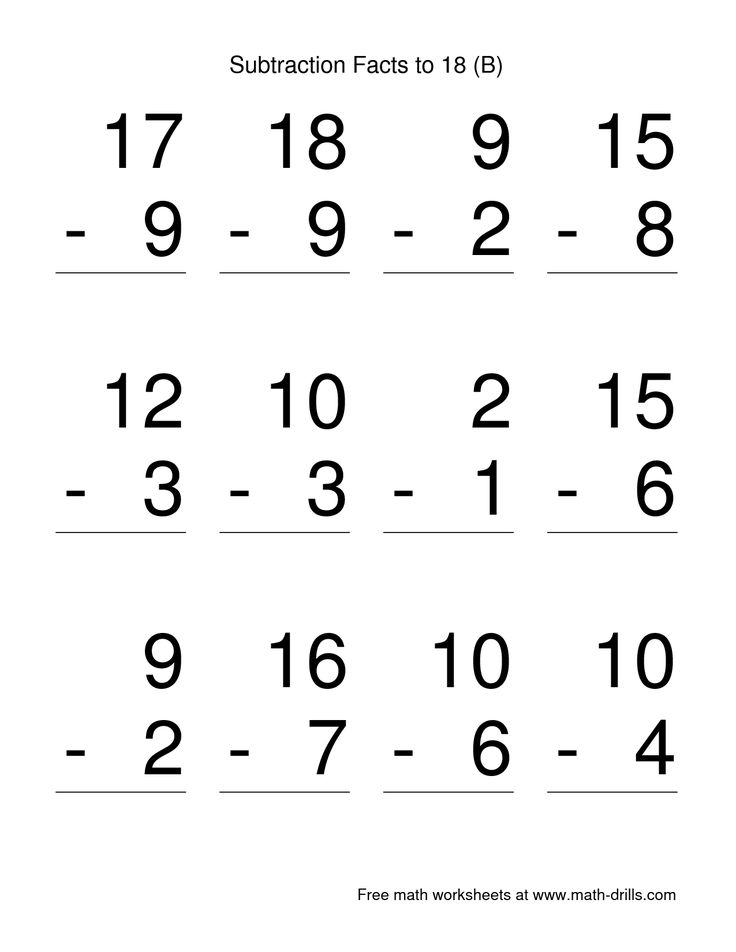 " Lesson 1 class on the subject of oral speech with elements of entertaining work "My beloved mom." " Lesson 1 class on the subject of oral speech with elements of entertaining work "My beloved mom." | Herman Svetlana Alexandrovna | 15 Dec 2015 |
| document nine0123 | calendar-thematic planning on the planet of knowledge Grade 1 Mathematics. M.I. Bashmakov, M.G. Nefyodova. 1 class. EMC "Planet of Knowledge" 132 hours (4 hours per week) | Pchelkina Liliya Vasilievna | 30 Mar 2015 |
| document | Open lesson in mathematics "Perimeter of polygons" (grade 2) as part of the certification for the assignment of category 2 nine0123 | Misyul Yana Alexandrovna | 30 Mar 2015 |
| document | Art lesson on the topic "Origami. | Dubodelova Nina Ivanovna | 23 Sep 2015 |
| document nine0123 | Open lesson in mathematics in grade 1. Theme of the lesson: "Addition and subtraction within 10" (a lesson in consolidating knowledge). | Porshina Olga Ivanovna | 19 Mar 2016 |
| document | Open lesson plus math presentation | nine0122 Golodova Lyudmila Vasilievna30 Mar 2015 | |
| document | Literacy lesson in grade 1 "Elementary school of the 21st century" Literacy lesson grade 1 Questionnaire No.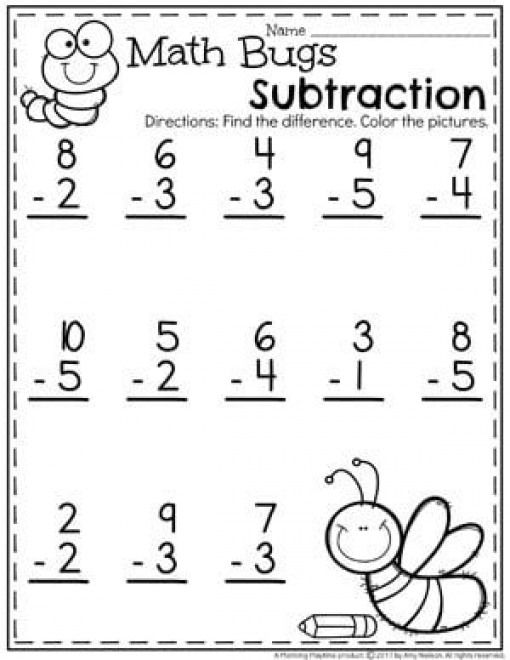 1 "Express - forecast of the composition of the parent class team" 1 "Express - forecast of the composition of the parent class team" | Rudzit Elena Borisovna | 30 Mar 2015 | nine0118
| presentation, document | Lesson of literary reading in the 1st A class according to the program "Perspective". "When my friends are with me." A. Barto "Sonechka", E. Permyak "The most terrible". | Lukyanchikova Elena Kronidovna | 14 Sep 2015 |
| document | nine0122 Lesson on the topic: “Spelling of paired consonants at the root of a word. Grade 2 "Lesson on the topic:" Spelling of paired consonants at the root of the word. Grade 2"Evstratova Marina Viktorovna | 30 Mar 2015 | |
| document | Lesson on the topic: “Spelling of paired consonants at the root of a word.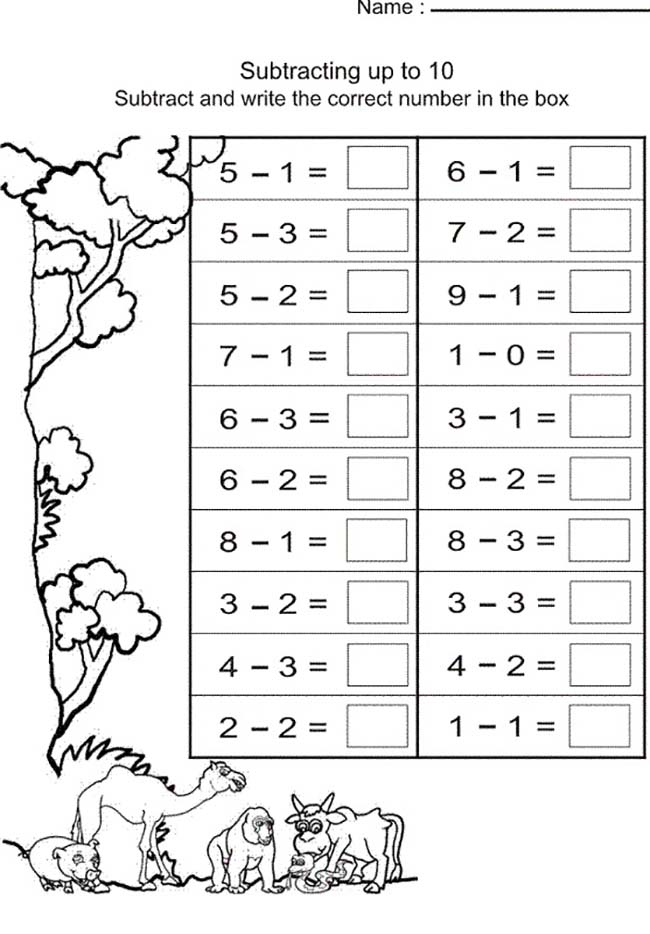 |

